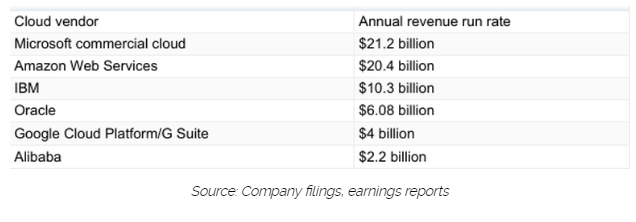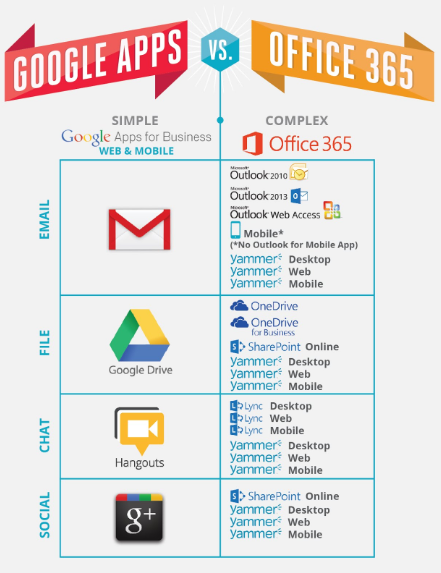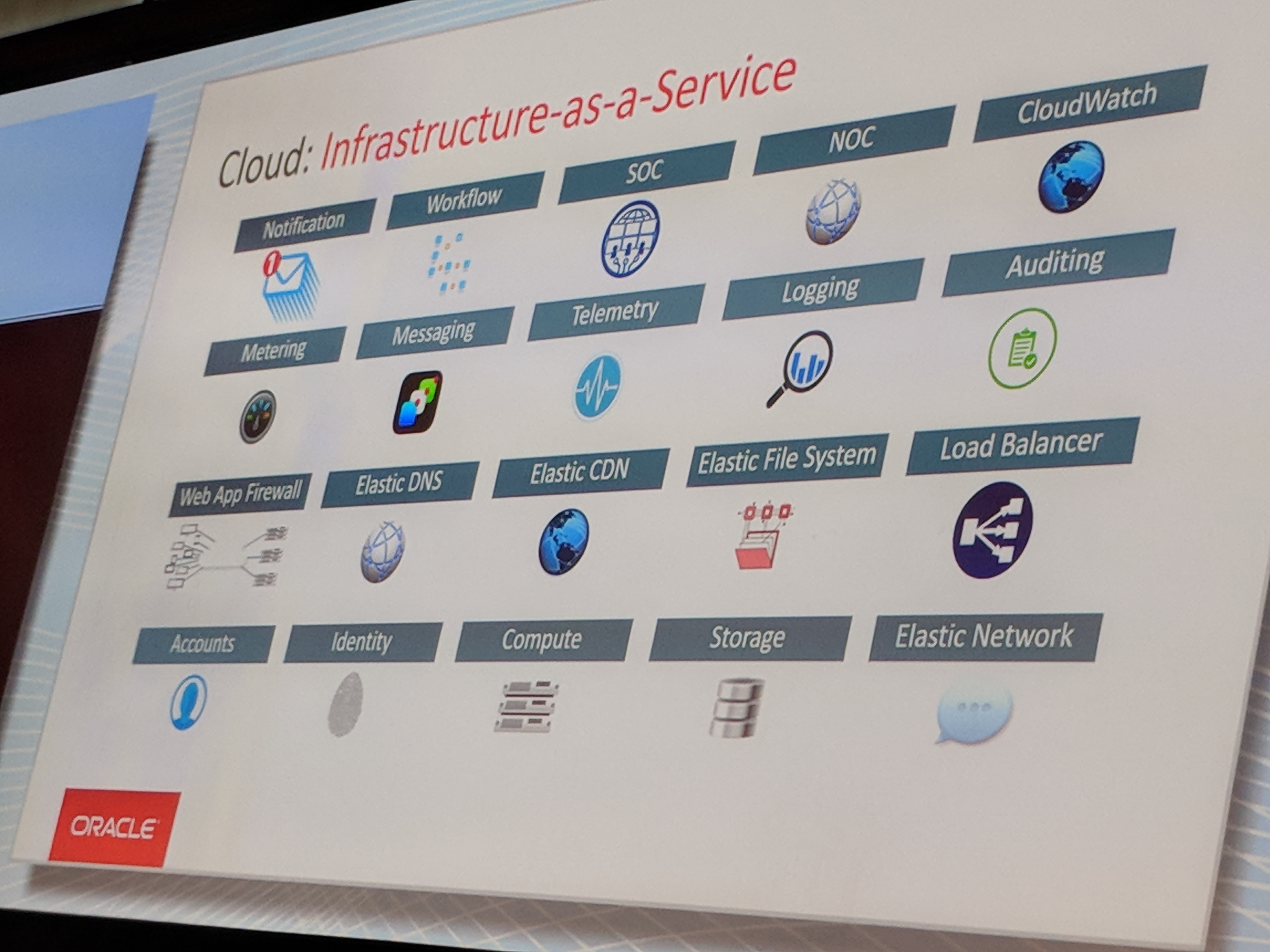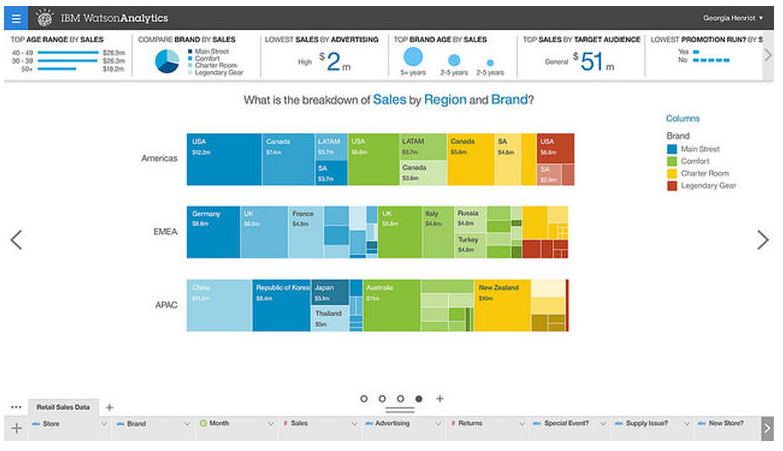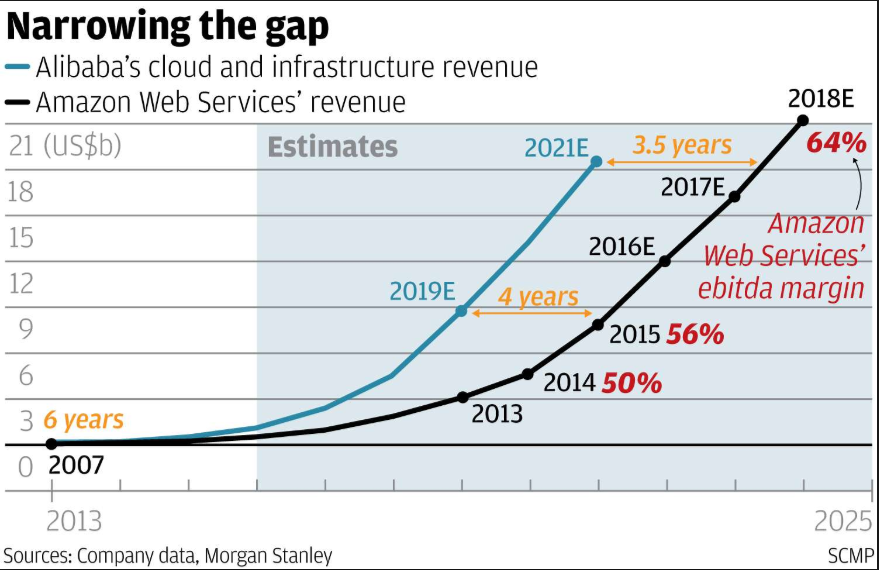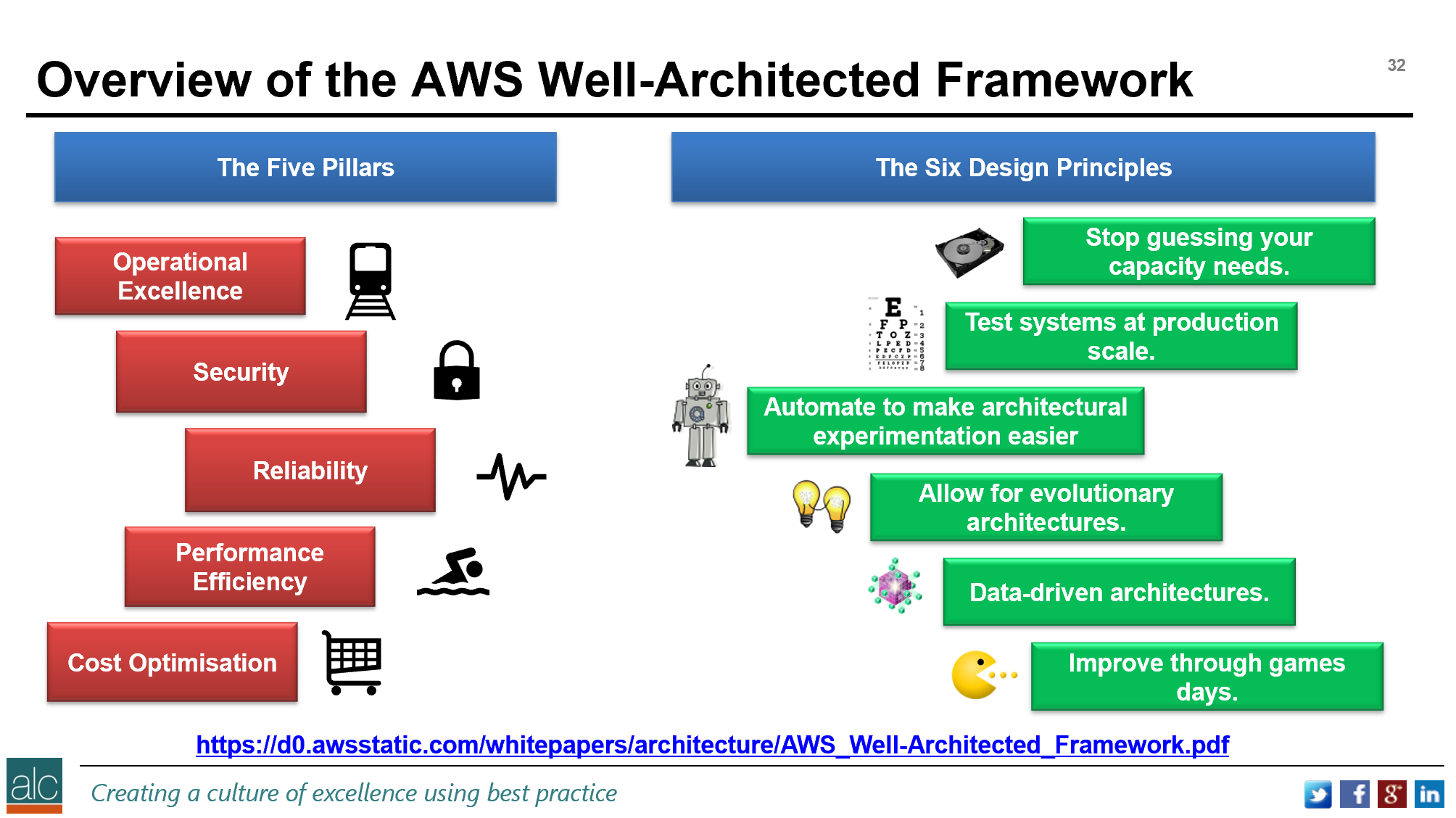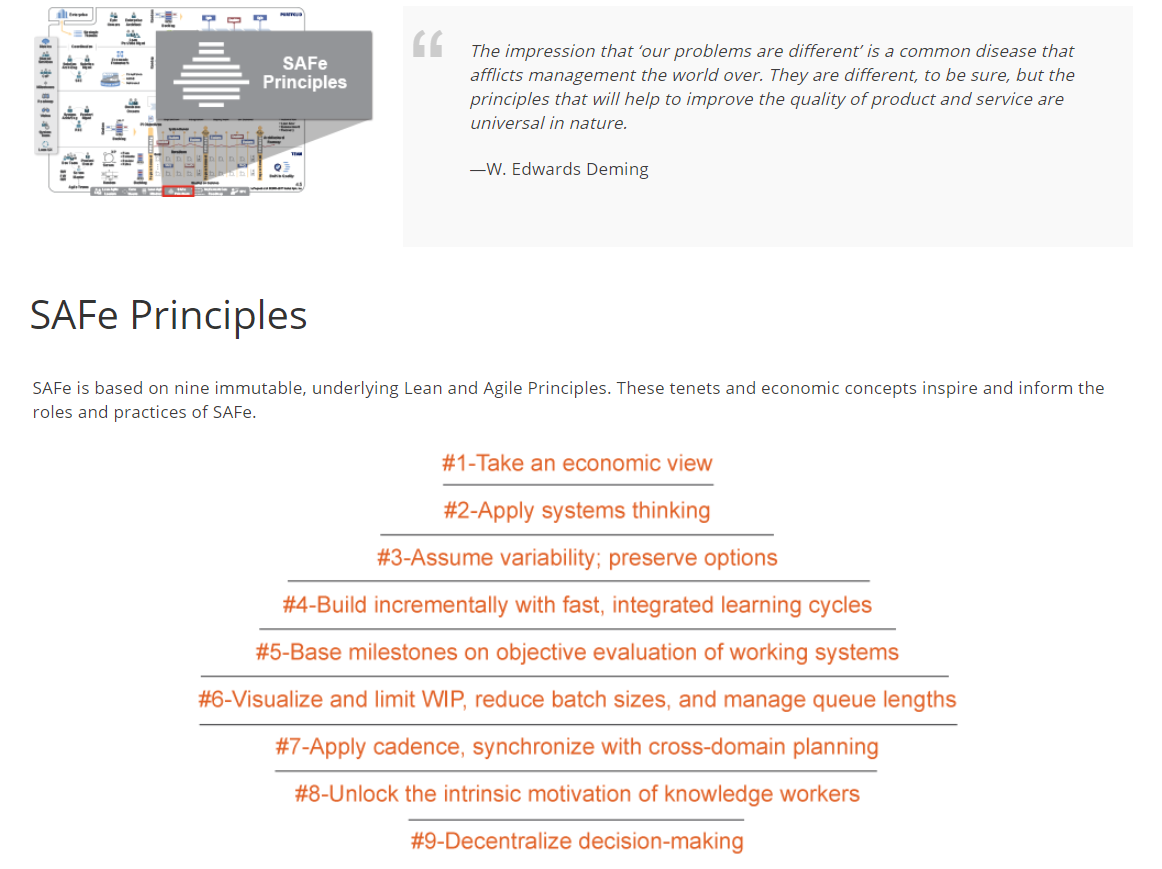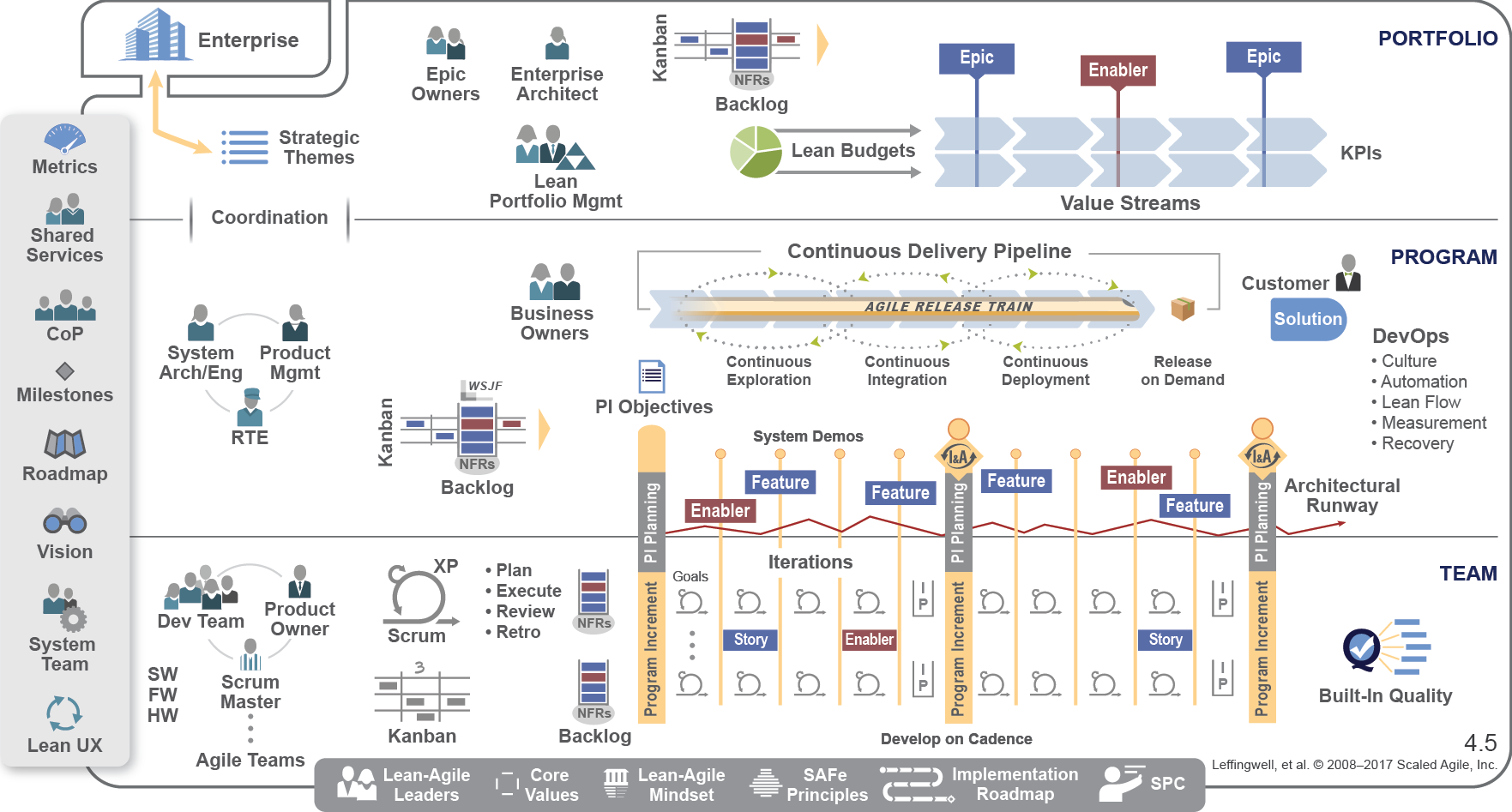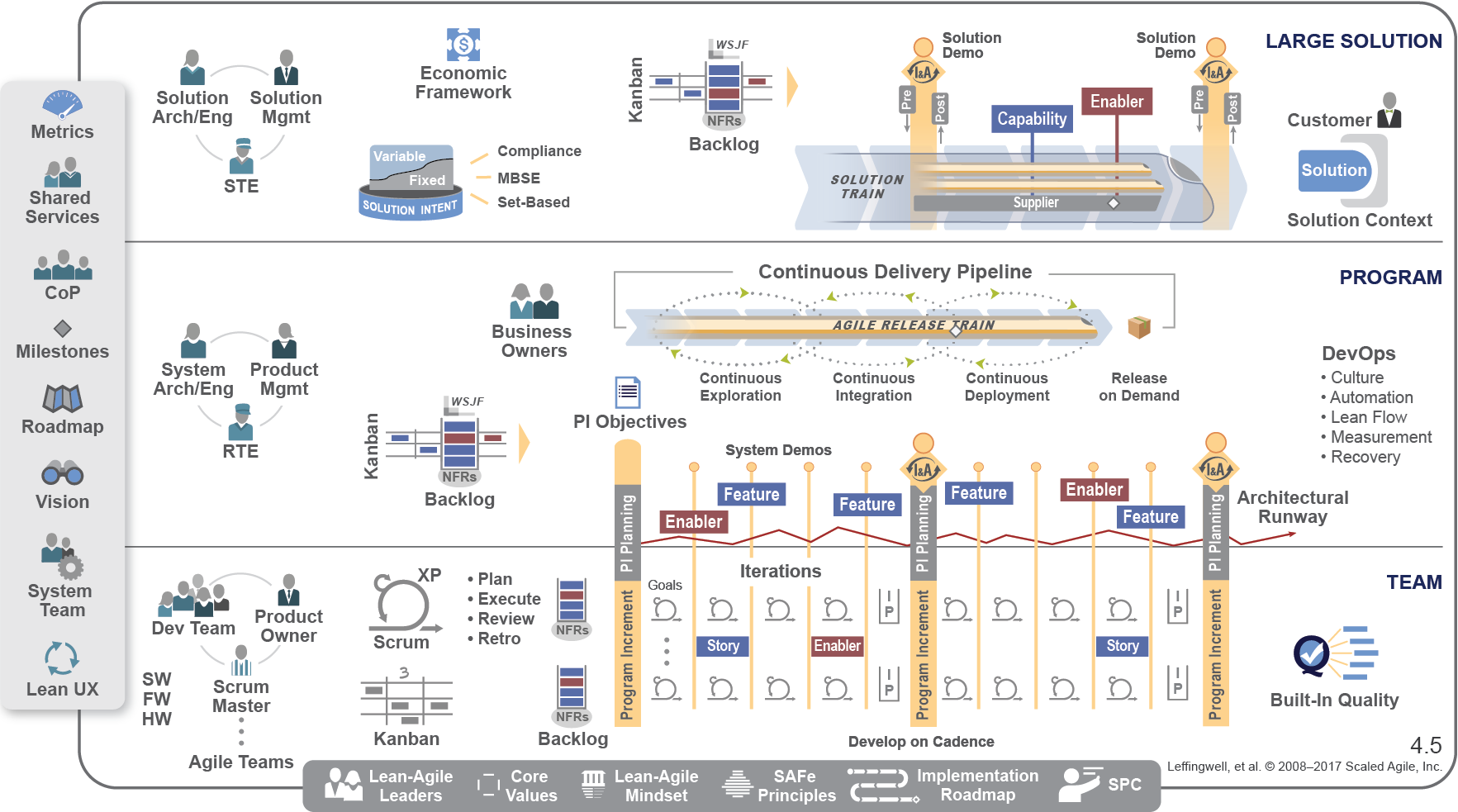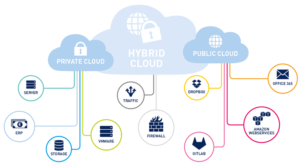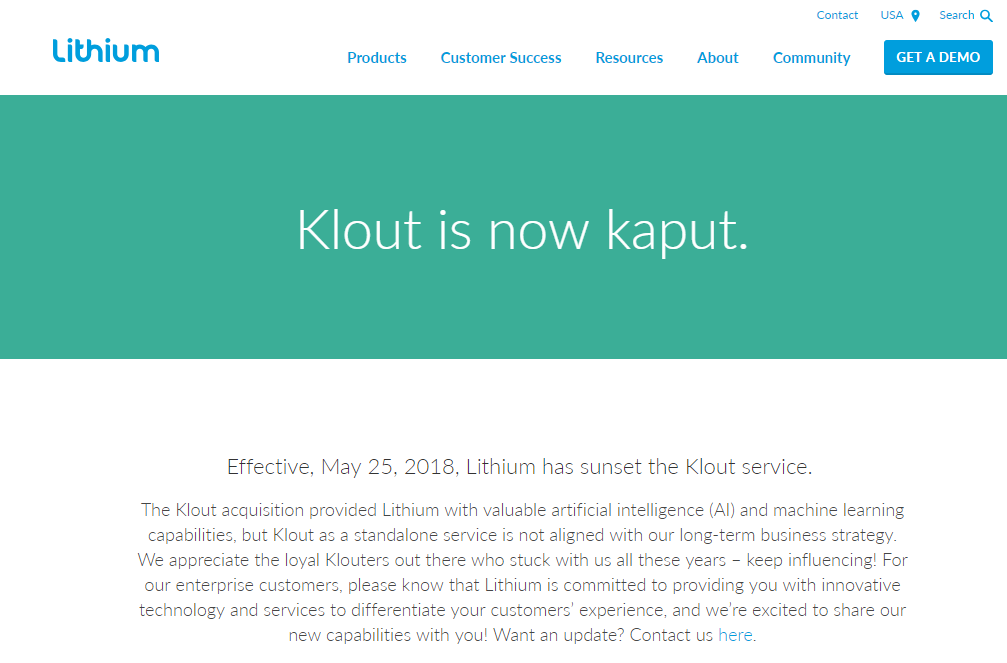Agile project management offers advantages for financial institutions as competition from fintechs and regulatory pressures continue to challenge them. What are the possible benefits of agile for financial institutions? We look at some of the top challenges agile could help solve, including managing large teams.
The red tape of financial services
The financial sector’s critical role in our economy and everyday lives means it’s a heavily regulated industry. This means financial institutions often need to integrate compliance into their daily operations. Procedures, protocol, and standard operating procedures make up some of the red tape institutions have to deal with. Reporting and data submission requirements are another element of the red tape involved in running a financial institution.
As laws change, your organisation needs to keep up. The regulatory and compliance burden can also increase as your organisation expands and your customer base grows. For example, you might go from dealing with tens of thousands of accounts to dealing with millions of customer accounts. That means a lot more online data to keep secure, additional customer journeys to track and more accounts to audit and report on.
Red tape is seen as an encumbrance, but it could help protect your organisation, reduce risk, and ensure accountability across individuals, teams, and senior management. At the same time, over emphasising red tape could lead to bureaucratic approaches that constrain innovation and collaboration, which are critical for competitive advantage in an era of low credit growth. The key then is to have an effective way to manage red tape within your financial institution without compromising dynamism.
How ANZ uses agile working
Banking giant ANZ has turned away from hierarchies and bureaucracy to embrace agile teams, following the practice of technology businesses like Facebook and Google. Taking a Scrum approach, it’s drastically restructuring its former bureaucracy into “squads” of 10, and these teams in turn are grouped into “tribes.” The teams are led by coaches and product owners instead of managers.
As for other financial institutions adopting agile, Capital Finance group, Farm Credit Services of America, BNP Paribas, and Capital One are some of the overseas financial sector operators that have implemented agile with success.

The impact of agile project management in the finance industry
So as operators in a heavily regulated sector, financial institutions could trend towards bureaucratic structures and command-and-control ways of working. Together with strict reporting lines and centralised control, these could constrain innovation and collaboration. In contrast, agile practices offer a fast, flexible way of work that supports businesses in responding quickly to changing market conditions.
Agile covers a broad range of approaches and three common ones are Scrum, Lean, and Kanban.
For the financial industry, the scrum approach to project management can include daily stand-up meetings and strictly-timed project delivery sprints, for your large teams, and for projects over the long term. Instead of specialised departments and specialists, the focus might be on collaboration and on generalists with customer outcomes as goals. This could make your teams more dynamic and efficient.
Hierarchies are removed, although organisations will typically maintain divisions at the highest levels. Teams have more authority and accountability, which can seem at odds with heavily regulated and risk-conscious industries like the financial sector. The outcome could be higher customer satisfaction due to focusing on customer outcomes rather than hierarchical ways of working.
Want to become qualified in the world’s leading framework and certification for Agile Project Management? Sign up to our AgilePM® Foundation / Practitioner Combined course
Agile in IT departments
Another way agile approaches project management could be invaluable for financial institutions is in IT. As a significant consumer of IT resources, the financial sector is also facing the rising demand for mobile, online, and convenience banking. As a financial institution, you might be dealing with problems like ageing legacy infrastructure.
This might result in the need for an internal IT team that’s capable of patching, maintenance, and upgrades dynamically and responsively. Your financial software system might need to interface seamlessly with a number of peripheral systems and interfaces. So the challenges for your IT teams can be significant.
Agile project management could, again, provide the best alternative to traditional “waterfall” approaches. Waterfall development practices tend to be time – and resource-intensive, as opposed to the light, responsive IT teams you need to meet the demands of the digital age. Financial institutions can spend too much time on gathering project requirements and defining each requirement before the actual development stage. The whole process could take years, at which point technology and business processes might have changed.
Agile project management could reduce software defects, allow for shorter development times, and lead to higher customer satisfaction. It could help you avoid products, features, and systems becoming outdated before they’re even complete. Because of the rapid iteration process, you could integrate customer and/or user feedback into the development stage, allowing for a better product.
Become an agile project master
Financial institutions have traditionally trended towards hierarchy and bureaucracy. But in a highly competitive digital era, this might be a constraint to achieving dynamism and higher market share. Agile project management approaches could offer a fast, flexible way of structuring your organisation and its roles, allowing you to responding quickly to changing market conditions. These approaches could also led to better internal IT development processes.
ALC Training is the premier national provider of agile project management courses. Sign up to our AgilePM® Foundation / Practitioner Combined course and you to can master the framework of agile project management.



